
Fly fishing has long been wrapped in myths that have shaped its image as an exclusive sport for wealthy anglers or a pursuit requiring complex techniques. But how much of what people believe is true? Let’s separate fact from fiction and find out if you’ve ever fallen for any of these common misconceptions.
Myth: Fly Fishing Is Only For Trout
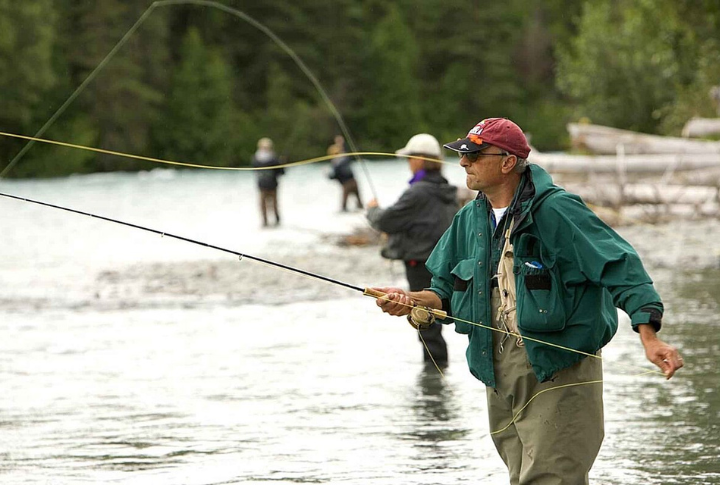
Many assume fly fishing is strictly a trout game, but the technique is widely used to catch bass, pike, carp, and even saltwater species like tarpon. With the right fly and approach, anglers can target a diverse range of fish beyond mountain streams. This misconception downplays the adaptability and broad appeal of fly fishing.
Myth: You Need A Remote River To Fly Fish
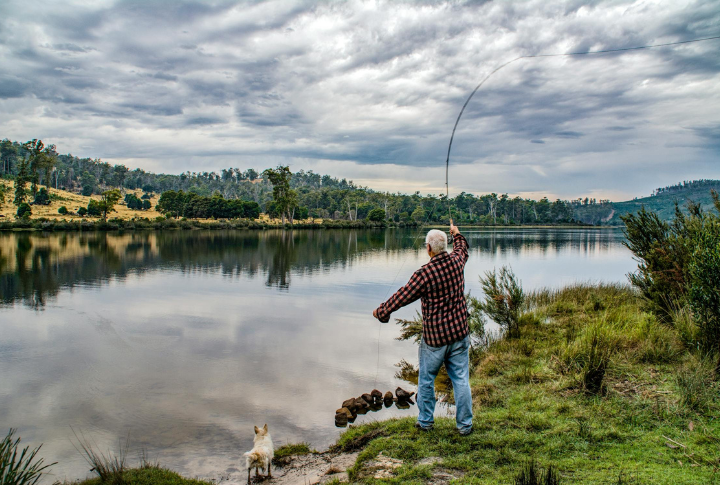
The idea that fly fishing requires a remote river is a misconception. Urban ponds, local lakes, and even saltwater flats provide excellent opportunities. Many anglers cast flies in city canals and suburban reservoirs to prove that great fishing exists in unexpected places.
Myth: Fly Fishing Is Too Expensive

Premium gear can be pricey, but fly fishing itself doesn’t have to be. Many anglers start with affordable rods and flies, which proves that skill and strategy outweigh expensive equipment. While high-end gear has its advantages, a well-chosen budget setup can still provide a rewarding experience.
Myth: Fly Fishing Requires Expert Casting Skills
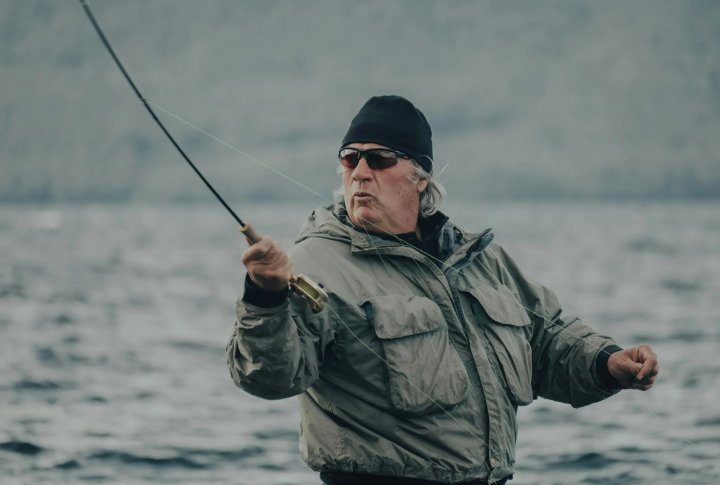
The image of an angler delivering a perfect loop with a flawless backcast can be intimidating, but expert casting isn’t a requirement for success. A simple roll cast or a basic overhead cast is often enough to catch fish. With practice, efficiency matters more than perfection.
Myth: Dry Flies Are The Only Way To Fish
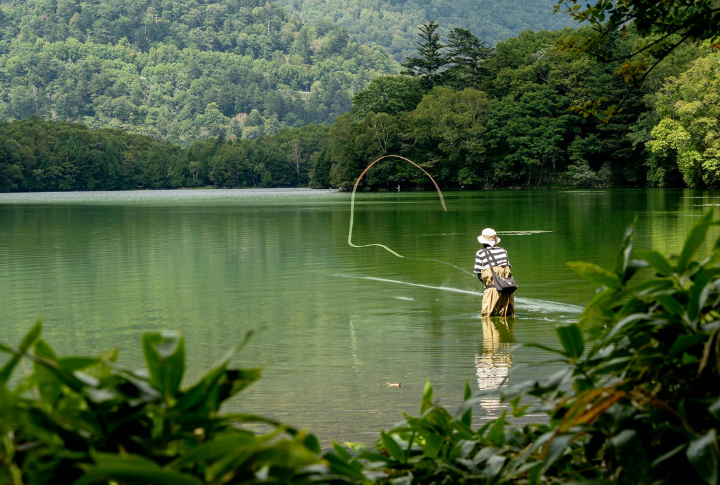
Most fish feed underwater, making nymphs, streamers, emergers, and wet flies highly successful. While dry flies are iconic in fly fishing, they aren’t the only effective method. Adaptability is key, and experienced anglers often find better results when fishing below the surface, where more action occurs.
Myth: Fly Fishing Is A Summer-Only Sport
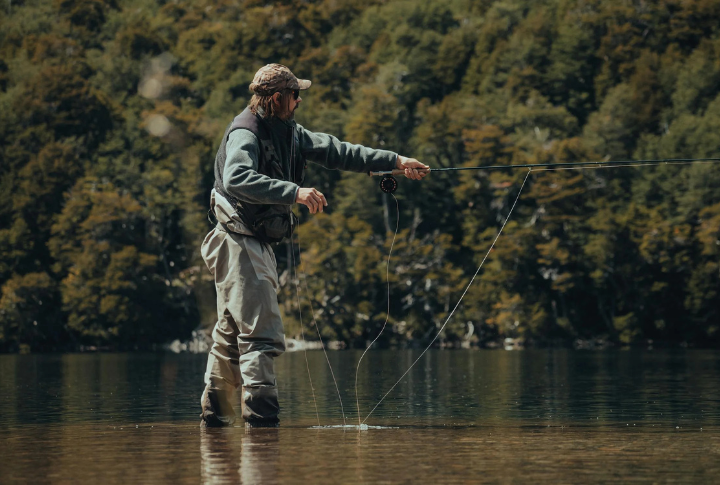
Fly fishing isn’t just a summer pastime. Many anglers venture into winter waters, where trout remain active beneath icy currents. Additionally, colder months bring prime opportunities for saltwater fly fishing as migratory fish arrive in coastal areas. Dedicated anglers find ways to make the most of fly fishing year-round, regardless of the season.
Myth: Catch And Release Is Always The Best
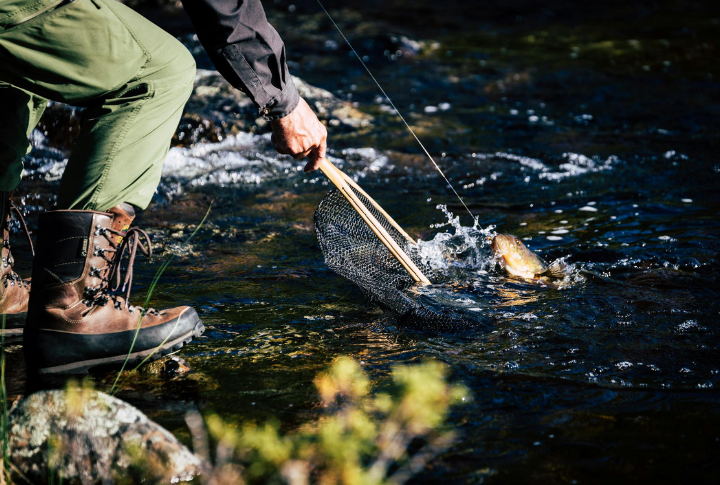
Conservation-minded anglers widely embrace catch and release, yet it isn’t a one-size-fits-all approach. In some cases, ethical fishing involves removing invasive species, managing overpopulated fish, or practicing selective harvesting. Sustainability thrives on balance and responsible stewardship of aquatic ecosystems.
Myth: Fly Fishing Is Too Complicated
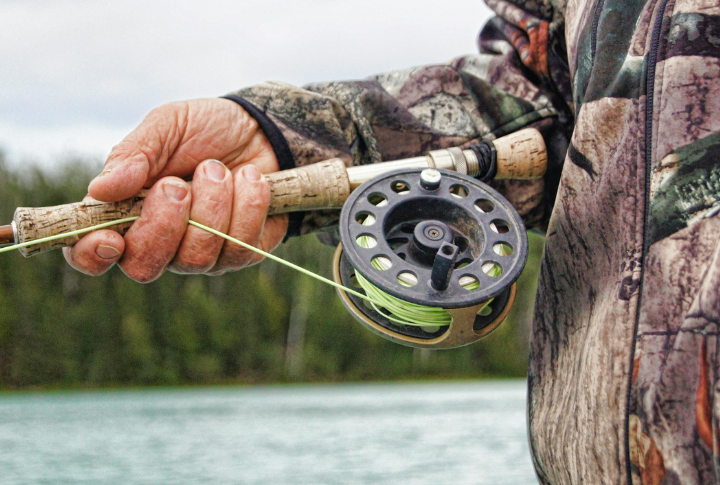
Knots, leader formulas, fly selection—at first glance, fly fishing appears overly technical. However, mastering the basics is easier than it seems. Anyone can enjoy success with a few simple knots and a handful of proven flies. Fly fishing rewards patience, not complexity.
Myth: You Must Tie Your Flies
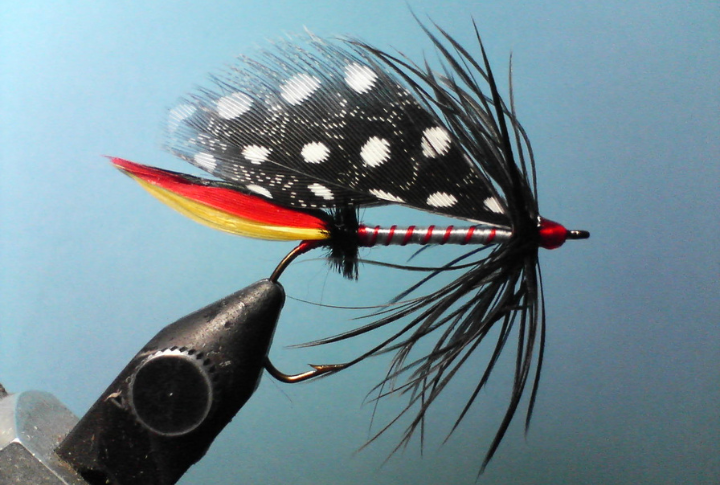
While fly tying is an art, many anglers never tie a single fly. Tackle shops, fly fishing expos, online retailers, and even local guides offer an endless selection of pre-tied flies. Fishing success depends more on presentation and location than personal craftsmanship.
Myth: Fly Fishing Is Just Another Way To Fish

Fly fishing requires patience and a deep understanding of water movement, insect life, seasonal fish activity, and environmental conditions. Every cast involves precision, timing, and adaptation. Success comes from recognizing subtle changes in the water, refining techniques, and working in sync with nature.

